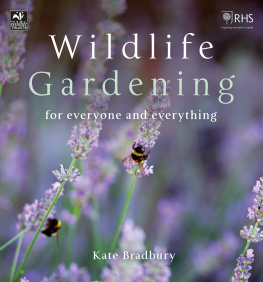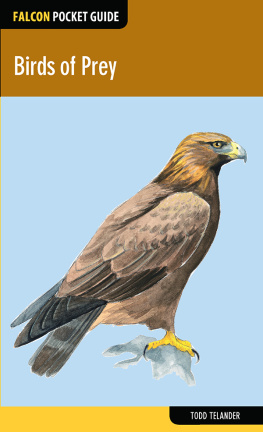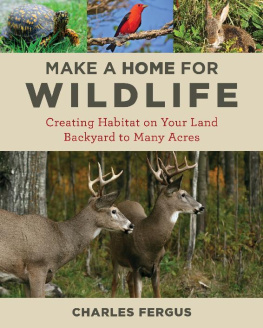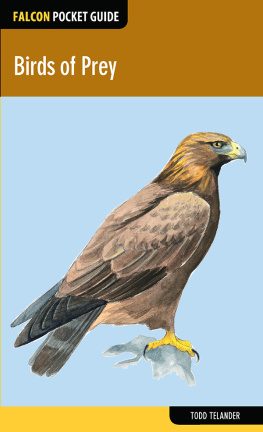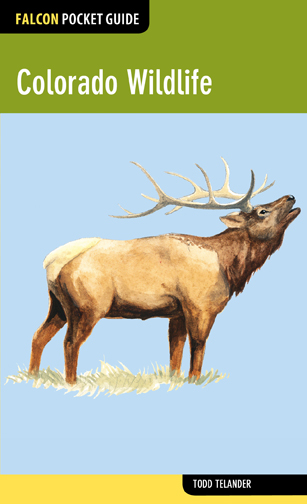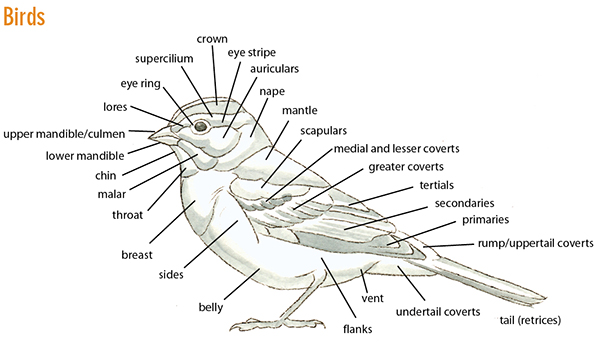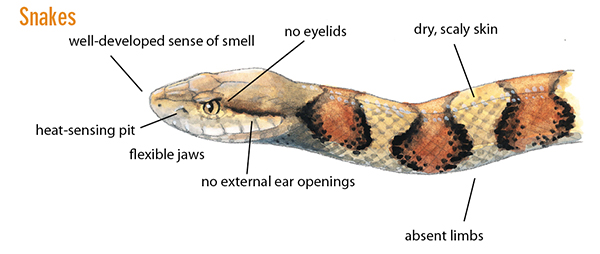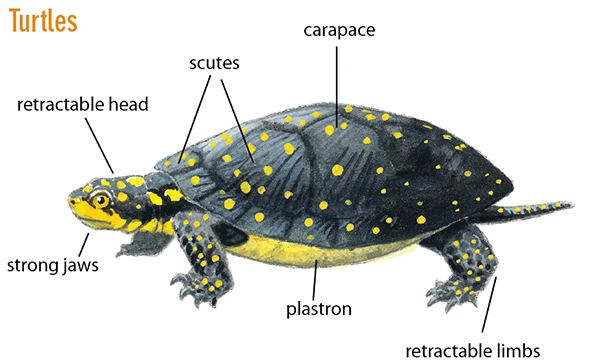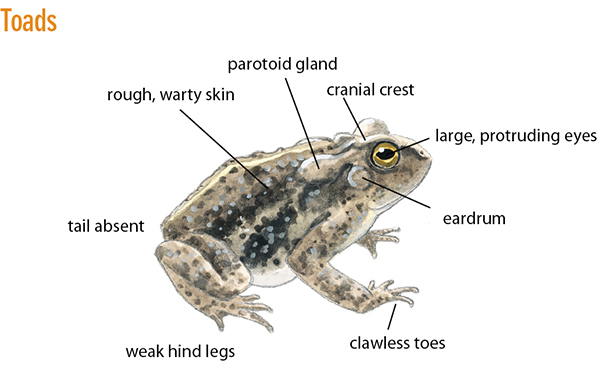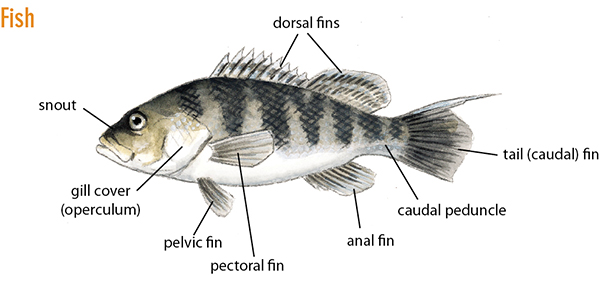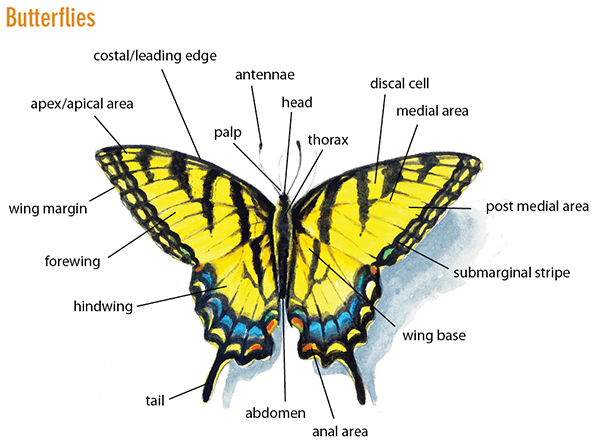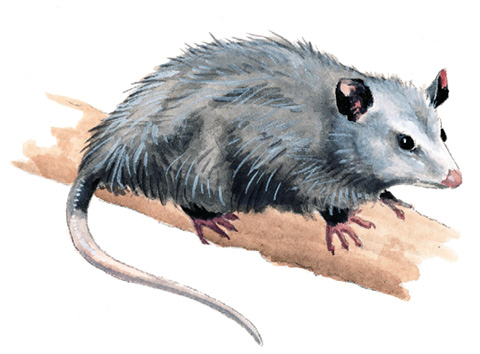Colorado Wildlife
Written and Illustrated by Todd Telander
To my wife, Kirsten, my children, Miles and Oliver, and my parents, all of whom have supported and encouraged me through the years.
Copyright 2014 Morris Book Publishing, LLC
Illustrations copyright 2014 Todd Telander
ALL RIGHTS RESERVED. No part of this book may be reproduced or transmitted in any form by any means, electronic or mechanical, including photocopying and recording, or by any information storage and retrieval system, except as may be expressly permitted in writing from the publisher. Requests for permission should be addressed to Globe Pequot Press, Attn: Rights and Permissions Department, PO Box 480, Guilford, CT 06437.
FalconGuides is an imprint of Globe Pequot Press.
Falcon, FalconGuides, and Outfit Your Mind are registered trademarks of Morris Book Publishing, LLC.
Illustrations: Todd Telander
Project Editor: Staci Zacharski
Text Design: Sheryl P. Kober
Layout Artist: Sue Murray
Library of Congress Cataloging-in-Publication Data is available on file.
ISBN 978-1-4930-1106-3
Contents
Introduction
Colorado is a region of vast diversity, and home to some of North Americas most fascinating wildlife. The great Rocky Mountains flank the Continental Divide, which runs down the states center and separates the vast Great Plains on the east from the high, arid plateaus to the west. This geographic diversity provides for an incredible variety and number of animal species, and gives wildlife enthusiasts a unique opportunity to see animals of both western and eastern North America, whose ranges intersect here. In its high altitude tundra, montane parks, grasslands, river canyons, and desert sage lands, Colorado provides a home to thousands of species. This guide describes some of the more common and interesting mammals, birds, fish, reptiles, amphibians, and butterflies you are likely to encounter in the state, and includes some found only in this area.
Notes about the Species Accounts
Names
Both the common name and the scientific name are included for each entry. Since common names tend to vary regionally, and there may be more than one common name for each species, the universally accepted scientific name of genus and species (such as Nucifraga columbiana for the Clarks nutcracker) is a reliable way to be certain of identification. Also, you can learn interesting facts about an animal by understanding the English translation of its Latin name. For instance, the generic name, nucifraga, derives from the Latin nucis, meaning nut, and fraga, meaning to break.
Size
Most measurements of size refer to overall length, from nose to tail tip. For animals with very long tails, antennae, or other appendages, measurements for those parts may be given separately from those of the body. Butterfly and moth measurements refer to wingspan. Size may vary considerably within a species (due to age, sex, or environmental conditions), so use this measurement as a general guide, not a rule.
Range
Range refers to the geographical area where a species is likely to be found, such as western Colorado, in the Rocky Mountains, in eastern Colorado, etc. Some species may be found throughout their range, whereas others prefer very specific habitats within the range. The season during which the species is present in Colorado is also mentioned under this heading. For migratory birds, and for some butterflies, the season is the time when the greatest number of individuals can be found in the area. Some species are year-round residents, some may spend only summers or winters in the state, and some may be transient, only stopping during spring or fall migrations. Even if only part of the year is indicated for a species, be aware that there may be individuals that arrive earlier or remain longer than the given time frame. Most land-dwelling animals are year-round residents. Some fish may arrive in seasonal migrations.
Habitat
An animals habitat is one of the first clues to its identification. Note the environment (including vegetation, climate, elevation, substrate, presence or absence of water) and compare it with the description listed for the animal. Some common habitats in Colorado include prairies, pine forests, alpine meadows, tundra, foothills, sage lands, chaparral, rivers and streams, urban areas, and grasslands.
Illustrations
The illustrations show adult animals in the colorations they are most likely to have in Colorado. Many species show variation in different geographical areas, in different seasons, or between the sexes. Birds show this variety most often, so I have illustrated males and females when they look different. Other variations, such as seasonal color changes in some mammals and variable patterns in fish, are described in the text.
Useful Scientific Terms
I have, for the most part, used familiar language to describe the animals in this book, but there are occasions when it makes more sense to use terms developed by the scientific community, especially when referring to body parts. In particular, terms and characteristics associated with birds, reptiles, amphibians, fish, and butterflies are described below:
MAMMALS
MAMMALS: OPOSSUMS
Virginia Opossum, Didelphis virginiana
Family Didelphidae ( Opossums )
Size: 30" with tail
Range: Throughout eastern Colorado
Habitat: Woodlands, riparian zones, urban areas with trees, farms
The Virginia opossum is a marsupial, meaning it bears premature young that develop in an external pouch, and is the only member of this group in North America. It is stocky, with relatively small limbs, a pointed snout, and a long, round, hairless tail. Its color is mottled grayish, with a white face and dark ears. It is nocturnal, mostly solitary, and reasonably adept at swimming and climbing. It has a highly varied diet that includes nuts, fruit, insects, small animals, and carrion. Opossums have a curious habit of feigning death when under attack, then resuming as normal once safe.


